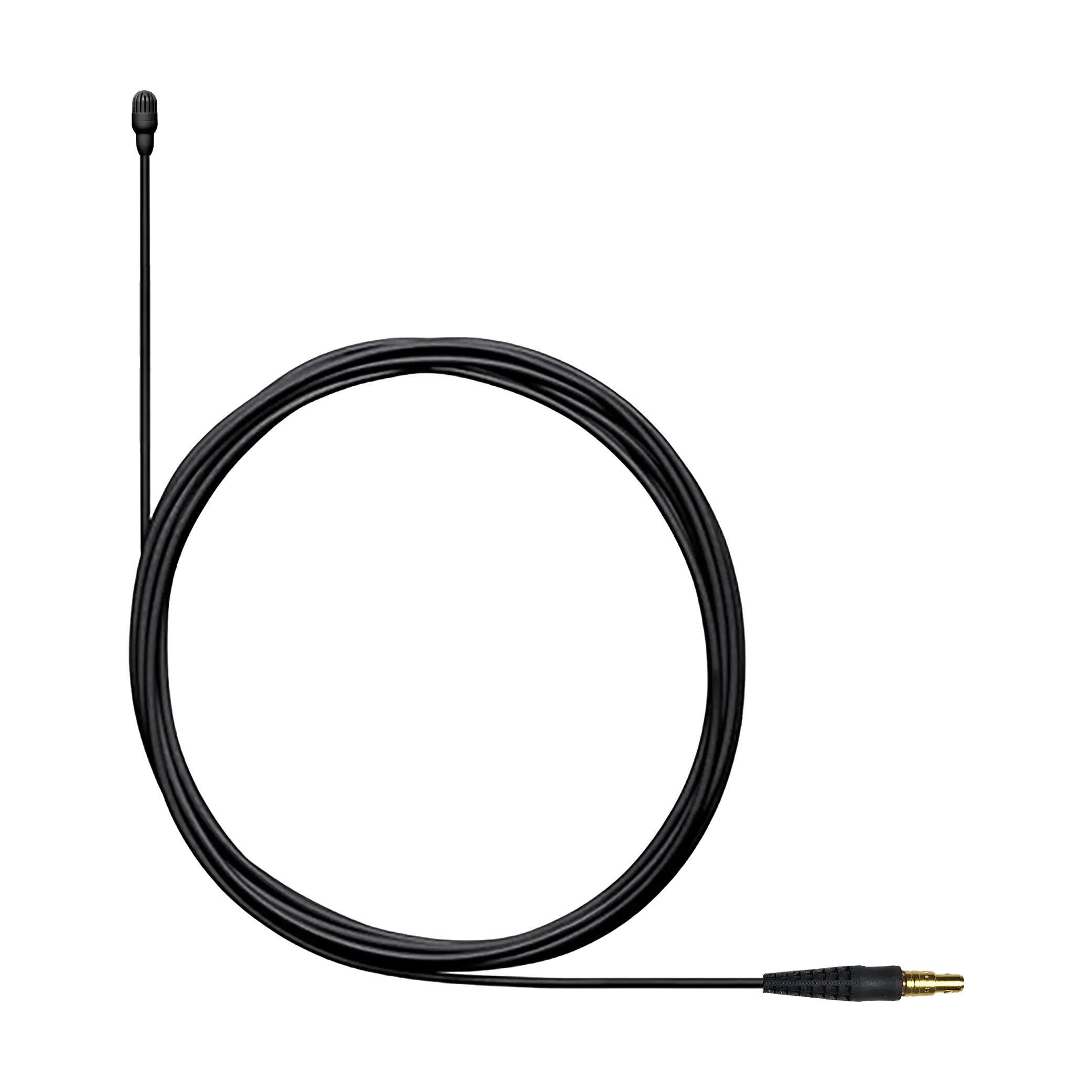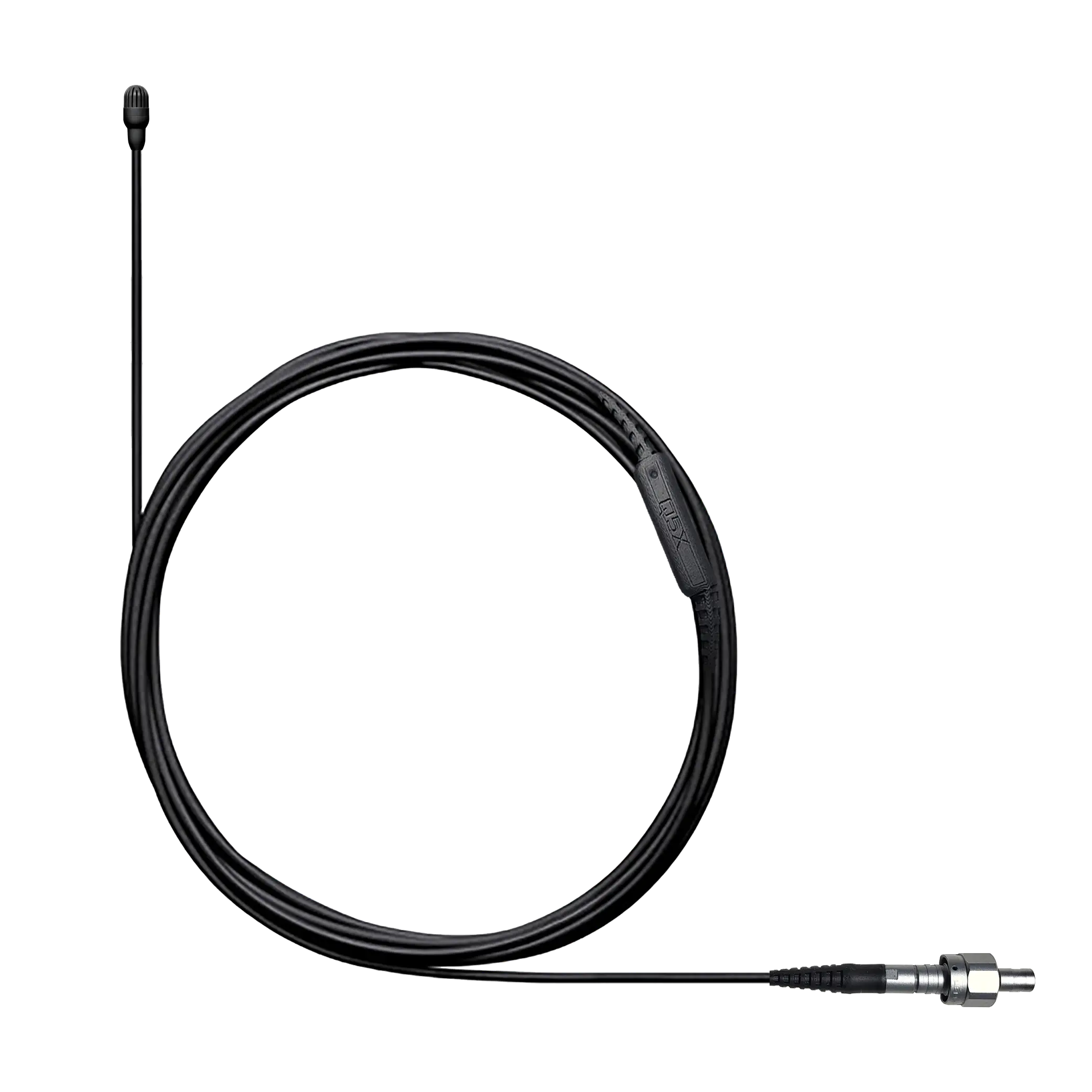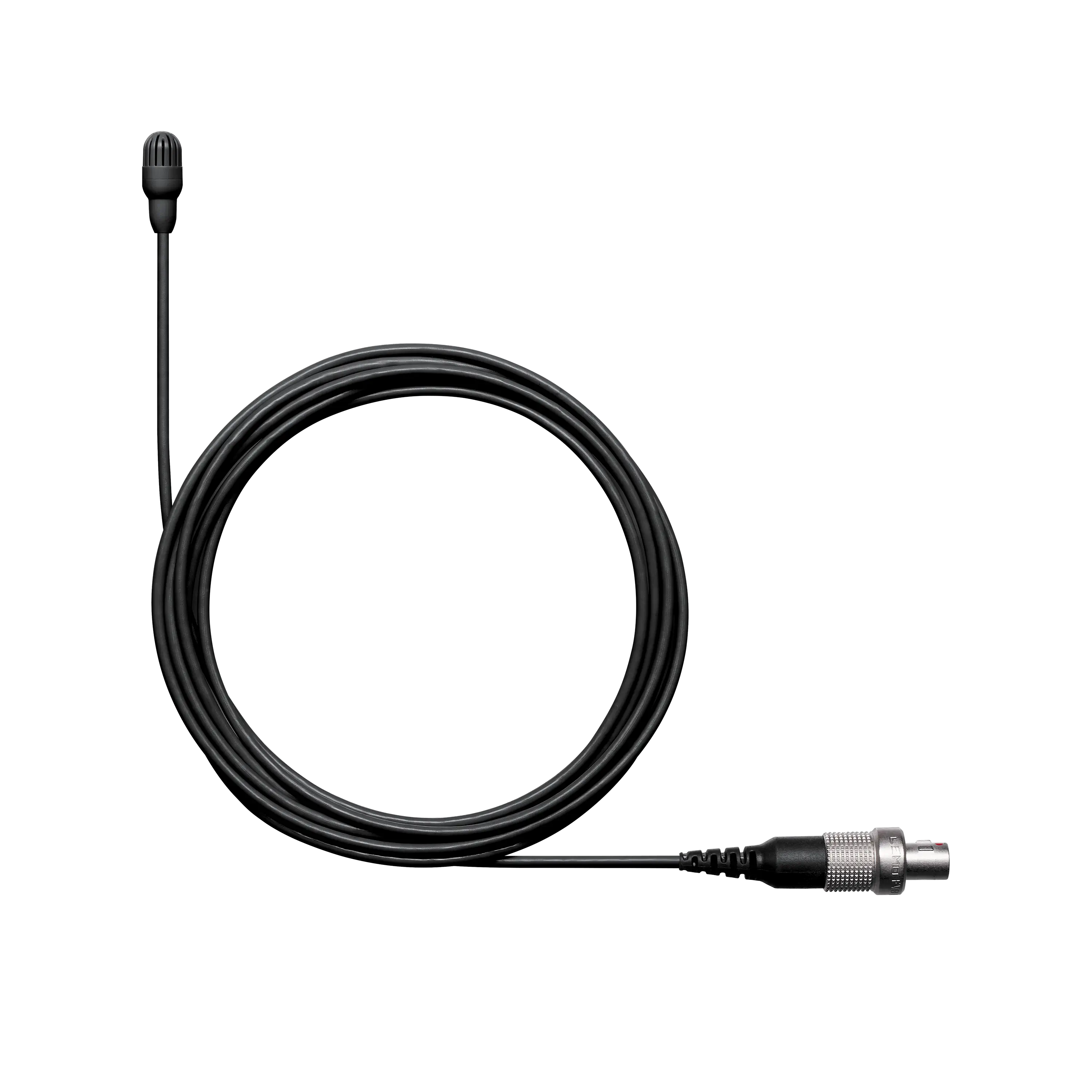Signal Path Podcast: Colin Stetson

Hear the stories behind the sounds. Join Zakia Sewell as she meets world-renowned sonic innovators to explore those defining moments that influenced how they think about sound.
Episode 059: Colin Stetson
For the latest episode of Signal Path, Zakia speaks with Colin Stetson, who is best known for his radical, full-body approach to playing the saxophone with some of the world’s leading music acts, and his eerie compositions for Hollywood film scores such as Hereditary and The Texas Chainsaw Massacre.
Stetson has developed an utterly unique voice as a soloist, principally on saxophone and clarinet. He creates polyphonic compositions that upend expectations of the sounds a single horn can produce. He is at home in the avant-jazz tradition of pushing the boundaries through circular breathing and embouchure, and his noise/drone/minimalist sound encompasses genres like dark metal, post-rock and contemporary electronics.
Zakia Sewell: So perhaps we should start at the beginning. It's always nice to get a picture painted of people's early years and the sort of sounds that they grew up with. So I wonder, did you grow up in a musical household?
Colin Stetson: Not in terms of variety or breadth of scope, musically speaking, but there was certainly music around and both my parents are very musically inclined. My dad sang in a rock band and my mom wanted to play the piano, but her father wouldn’t buy her one because he thought it was frivolous. So that was the extent of their musical engagement. But they were both very inclined and they both loved music. And we grew up with probably ten or eleven records in the quote on quote “collection”, and the majority of those were Hendrix and the Beatles. And I think dad had one Queen album. I think that might have been the extent of it.
When did you first encounter the saxophone? Or when did you first realize that was your instrument, the instrument that you wanted to play?
Well, first of all, my older brother is about five years older than I am. We grew up in that first guard of MTV kids. So I remember very vividly sitting in front, like sitting on the rug in front of the TV, just staring at it. Back then, it was just music videos all day long and we adored it. I think he must have been nine or ten years old, just gotten into fifth grade, and at our school there, in the fifth grade, you got to pick an instrument and join the school band. He picked the flute, I believe, or someone gave him the flute, and I remember at that time, I had become rather enamored with the song and video for Men at Work - ‘Who Can It Be Now?’ And so, I thought to myself, when I'm old enough, I'm going to play the saxophone, because there was something about the shape and sound of it that I just felt an immediate affinity for. If it was possible for a five-year-old to think, like, wow, that is the sexiest instrument, then that's where I was, so I was determined.
So you picked it up quite young, then?
No, I mean, I suppose nine is young enough.
So tell me about that first pivotal moment once you were learning the saxophone, when you mastered a particular technique that has since become integral to the way that you play.
So I was a decent player up until I was about 15, and then I got a private teacher for the first time. His name was Christopher Creviston, an incredible classical player and really the reason that I ended up becoming obsessed with music and making it my life's work. And for me and I think with most children, if you don't tell them that what they're doing is supposed to be difficult, then they just go ahead and do it. So one of the first things that he did, he brought to me the technique of circular breathing, which is, for anybody who doesn't know, it's a coordination trick where you basically make your mouth, cheeks, and neck into a bit of a bagpipe bag. It becomes a reservoir for air, and it holds and squeezes air out just long enough for you to suck in air through your nose at the same time. So he taught me this, and he said, go home, practice this. And he gave me a few techniques on how to practice. And he said, I think you'll probably find that you'll have it by next week. I had it by the next morning!
The way that you described it, it's quite a visceral experience. I know that you sort of described it as hovering in space. I mean, when you were learning that, can you take us back to that night, did you stay up all night crazily trying to get hold of it? Was it quite simple? Did it feel like a kind of revelation when you discovered it? Or is it something that, as you look back, you kind of see it as a significant moment?
As I look back, I see it as a significant moment in the context of the time. It was just another thing that someone taught me, and I picked it up seamlessly and very quickly. So Chris showed me a couple of different techniques, one of which was to take a small piece of tissue paper and put it up on the wall, and then bring your face very close to the wall where that tissue paper was. And then to start breathing in this way and to keep the tissue held on the wall, I had it overnight. Also, as I illustrated, I was kind of a fiend for validation, for impressing my elders. And Chris was just iconic for me. He created a kind of music that I had not heard at the time, and he played with a passion that I had not seen firsthand. And I looked up to him in such a way so that if he told me to jump, it was getting done.
Listen to the full interview with Jeff Mills and subscribe to Signal Path with the podcast provider of your choice below.
Host: Zakia Sewell, Producer: Alannah Chance, Creative Producer: Joshua Thomas, Creative Lead: Ty Stanton-Jones, Music: Yip Wong, Agency: Commune, Photo: Ebru Yildiz
















